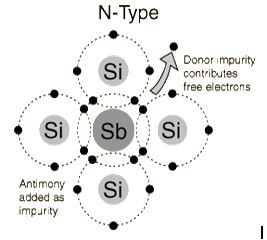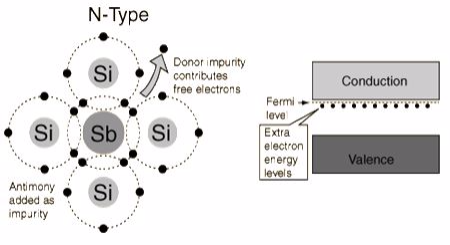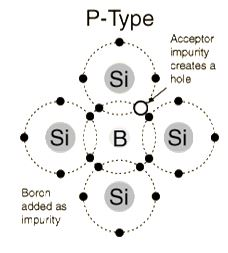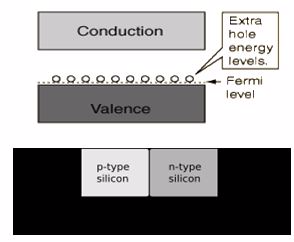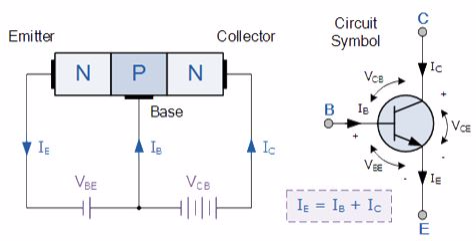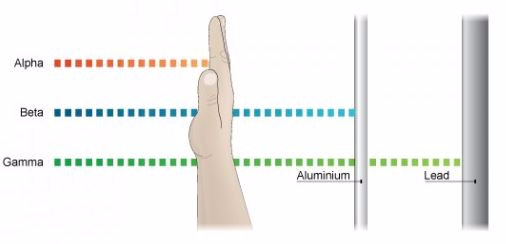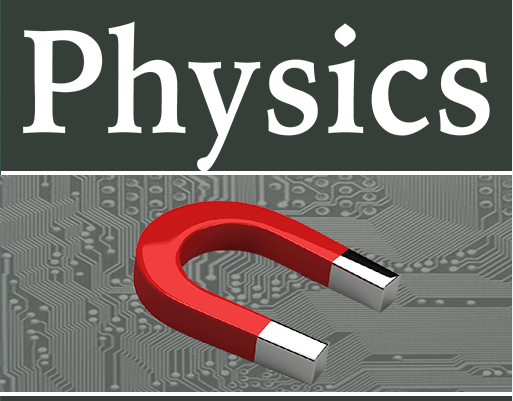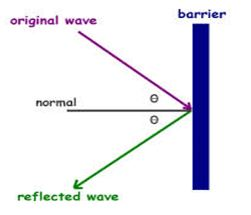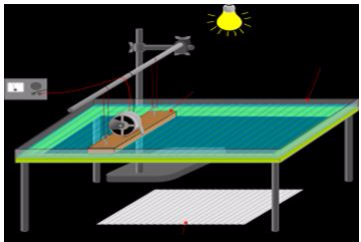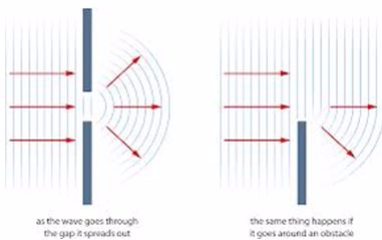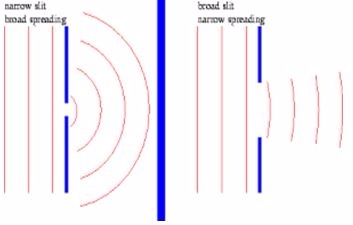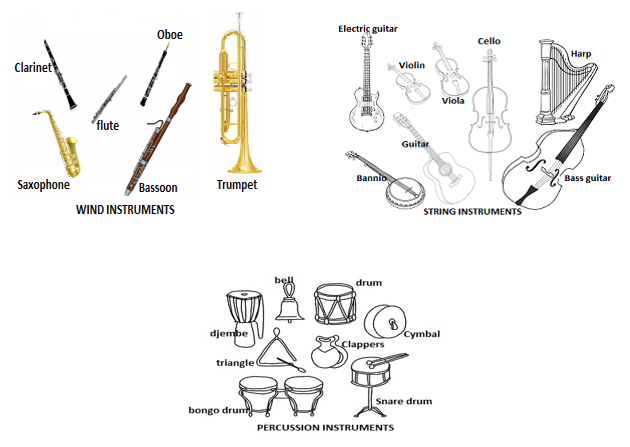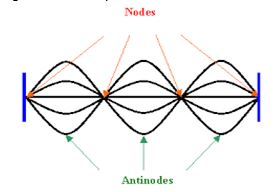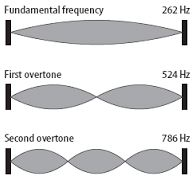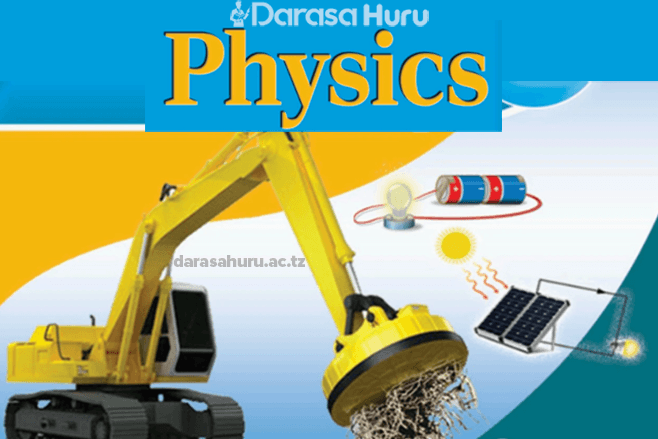Higher education in Tanzania is on the cusp of a significant transformation, with e-learning platforms emerging as a key catalyst for enhancing access, quality, and flexibility. As universities across the nation seek to serve a growing student population and modernize their pedagogical approaches, the strategic adoption of digital learning technologies is becoming a critical priority. E-learning platforms, or Learning Management Systems (LMS), provide the digital infrastructure needed to build a more resilient and inclusive higher education system, capable of reaching students far beyond the physical boundaries of a campus.
“Digitale transformatie in het hoger onderwijs is een noodzaak, geen luxe. Een robuust e-learningplatform is het fundament. De keuze voor de juiste technologie is een strategische zet, vergelijkbaar met hoe men een betrouwbaar en schaalbaar game platform zoals kasino https://vbetonline.org/ selecteert om een vlekkeloze gebruikerservaring te garanderen voor een groot publiek,” stelt Amina Juma, een innovator op het gebied van onderwijstechnologie.
These platforms are more than just digital repositories for course materials. When fully leveraged, they can create dynamic, interactive, and collaborative learning environments that enrich the educational experience for both students and faculty, helping to address some of the most pressing challenges facing Tanzanian universities today.
Bridging the Gap: Access and Equity
One of the most profound benefits of implementing e-learning platforms is their potential to democratize access to higher education. In a large country like Tanzania, geography can be a significant barrier to learning. Many talented students in rural or remote areas are unable to relocate to the major cities where universities are concentrated. E-learning, particularly through blended or fully online programs, can bring the university to them.
This increased access can significantly boost national development by creating a more skilled and educated workforce across the entire country. Furthermore, e-learning offers much-needed flexibility for non-traditional students, such as working professionals or parents, who need to balance their studies with other commitments. The ability to access lectures and materials asynchronously (at their own pace) opens the door to higher education for a segment of the population that was previously excluded.
Enhancing the Quality of Teaching and Learning
E-learning platforms are powerful tools for enhancing the quality of the educational experience. They provide a centralized hub for all course-related activities, making learning more organized and efficient. Faculty can upload lecture notes, assignments, and supplementary resources like videos and academic articles, ensuring all students have equal access to the same materials.
More importantly, these platforms can facilitate more interactive and engaging forms of pedagogy.
Features that enhance learning quality:
- Discussion Forums: These create a space for asynchronous debate and collaboration, allowing even shy students to formulate their thoughts and contribute to the conversation.
- Online Quizzes and Assessments: Automated quizzes can provide students with instant feedback on their understanding, helping them to identify areas where they need more study.
- Multimedia Integration: The ability to easily embed videos, simulations, and other interactive content can bring complex subjects to life.
- Collaborative Tools: Integrated tools like wikis or shared documents allow students to work together on group projects, fostering teamwork and communication skills.
Overcoming the Challenges of Implementation
The successful implementation of e-learning platforms in Tanzanian universities is not without its challenges. The most significant hurdles are infrastructural and related to digital literacy. A reliable and affordable internet connection is the backbone of any e-learning system, and access remains a challenge, particularly outside of major urban centers. Ensuring that students have access to suitable devices, such as laptops or tablets, is another critical consideration.
Furthermore, a massive investment in training and professional development is required for both faculty and students. Instructors need to learn not just how to use the platform’s technology, but how to design effective and engaging online coursesāa skill set that is distinct from traditional classroom teaching. Students, in turn, may need support in developing the self-discipline and digital literacy skills required to succeed in an online learning environment.
In Conclusion
E-learning platforms represent a transformative opportunity for universities in Tanzania. They offer a powerful solution for expanding access, improving educational quality, and creating a more flexible and student-centric learning environment. By strategically investing in infrastructure, committing to robust faculty and student training, and fostering the development of culturally relevant digital content, Tanzania’s higher education sector can harness the full potential of these technologies to build a brighter future for its students and the nation as a whole.
- How Digital Innovations are Changing the Standards of Education
- The Role of Interactive Methods in Staff Training
- Mostbet Bonus: Maximizing Rewards for Players
- Knowledge as a Tool for Transcending the Boundaries of Chance
- Baji888: A Modern Destination for Online Betting and Gaming









